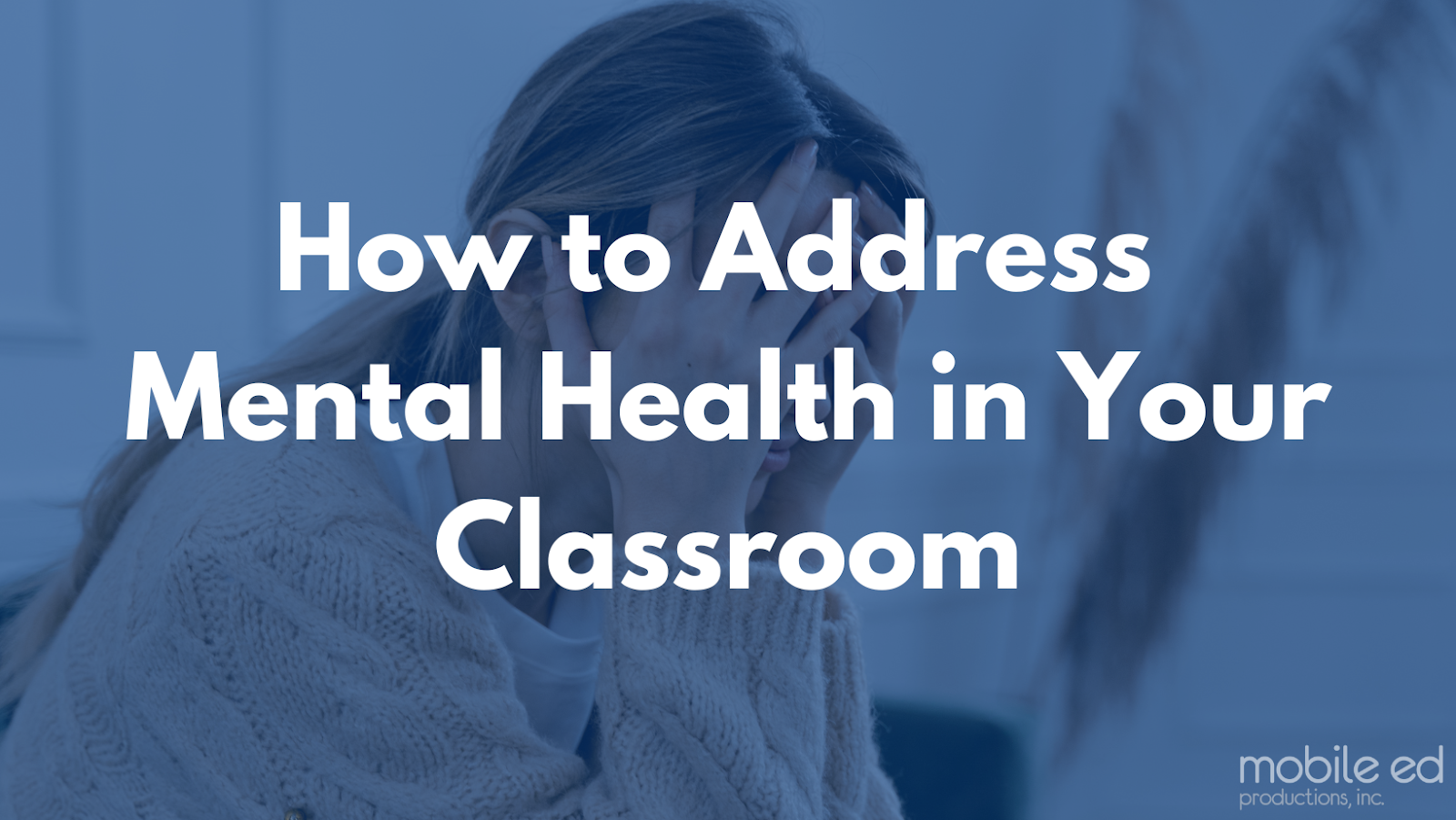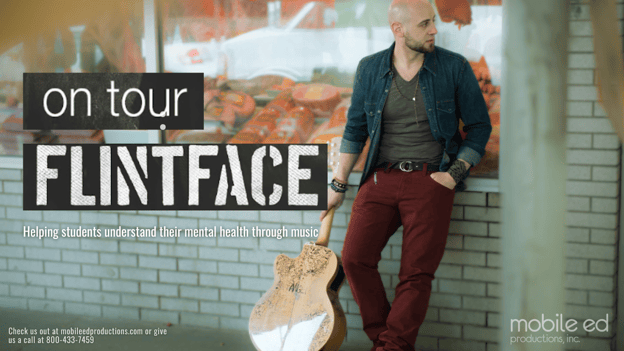How to Address Mental Health in Your Classroom

How are you creating a safe environment for your students? Part of creating a comfortable learning environment is addressing the mental health challenges that we all face. We teach core subjects and extracurriculars in our schools daily, yet discussing mental health may be one of the most important conversations we ever have with our students. Mental health affects our classrooms and our students' lives each day, and there is no better time to be prepared to address mental health with our students than now.
Students experiencing mental health encounters may be more common than we think; 1 in 6 youth ages 6-17 will experience a mental health condition, and statistics show that suicide is the second leading cause of death for students ages 10-34. And children aren’t exempt from experiencing mental health disorders—ADHD, behavior problems, anxiety, and depression are children's most commonly diagnosed disorders. NAMI, the National Alliance on Mental Illness, claims that the earlier the treatment can be provided, the better the outcomes for that individual. Untreated mental illness has been shown to lead to higher school dropout rates, unemployment, substance use, and arrest.
Elementary and middle school students are at a foundational age to learn social and emotional skills that will help them inside and outside school. We, as educators, are also in a unique position to recognize a need for a student and support students as we spend many hours a week with our students. Mobile Ed has put together a resource to help educators feel prepared when discussing mental health in their classrooms.
The C.A.R.E Framework
In 2022, Harvard Business Publishing presented the C.A.R.E. framework that defines several steps educators can take when addressing mental health concerns in their classrooms. Use the following steps as a starting point to better prepare yourself for mental health discussions and supporting students in this way.
1. CHECK: Assess our understanding and biases of mental health. Seek out general or specific education on a topic you may need to be more aware of.
2. ACT: Actively identify student warning signs. Microsignals from your students could include lateness, missed deadlines, or personality changes. Some additional warning signs in children include:
- Changes in academic performance
- Changes in eating habits
- Discussions of death
- Discussions of hurting oneself
- Irritability
- Avoiding social interactions
- Frequent headaches/stomachaches
- Missing school
- Weight loss
- Difficulty sleeping
If you see a student who exhibits one/some of these warning signs, it might be time to reach out to them. Invite the student to talk with you or a professional at your school. The C.A.R.E. Framework also notes to expect that not all students will be willing to talk, and that’s okay. Additional support may be needed. It’s important to address here that we can address these signals only “within our boundaries and control.”
3. RECOGNIZE: Help students recognize emotions as well as healthy mechanisms. Harvard Business Publishing suggests weaving conversations about mental health and emotional awareness into your lessons if possible. Other ideas may include having a discussion in class or putting up posters in your classroom that include how-tos, tips, and/or additional resources for students.
4. EMPOWER: Make students aware that your classroom is a safe place to struggle and ask for help. Encourage students as they work through their mental health experiences or provide them with a person or resource that might be better suited to help them.
Mobile Ed works with students each year to encourage social-emotional learning, understand respect, and address mental health and resilience in classrooms nationwide. Take Back Your Voice tackles one of the most challenging issues our students face daily: our mental well-being. This assembly program uses the art of music to show students how to cope with their emotions and better understand their feelings. Take Back Your Voice is a great way to support social-emotional learning for K-adult and begin the conversation of mental health in your classrooms. Students love the fun music and safe environment that our musical performers create for students.
In Take Back Your Voice, students will learn about the following:
- Healthy coping mechanisms
- Resilience
- Using your Voice
- Asking for Help
For more information about supporting students’ mental health, visit NAMI.
For more information on character-focused school programs, visit our website.







